The pause container, which image the --pod-infra-container flag selects, is used so that multiple containers can be launched in a pod, while sharing resources. It mostly does nothing, and unless you have a very good reason to replace it with something custom, you shouldn't. It mostly invokes the pause system call (hence its name) but it also performs the important function of having PID 1 and making sure no zombie processes are kept around.
An extremely complete article on the subject can be found here, from where I also shamelessly stole the following picture which illustrates where the pause container lives:

